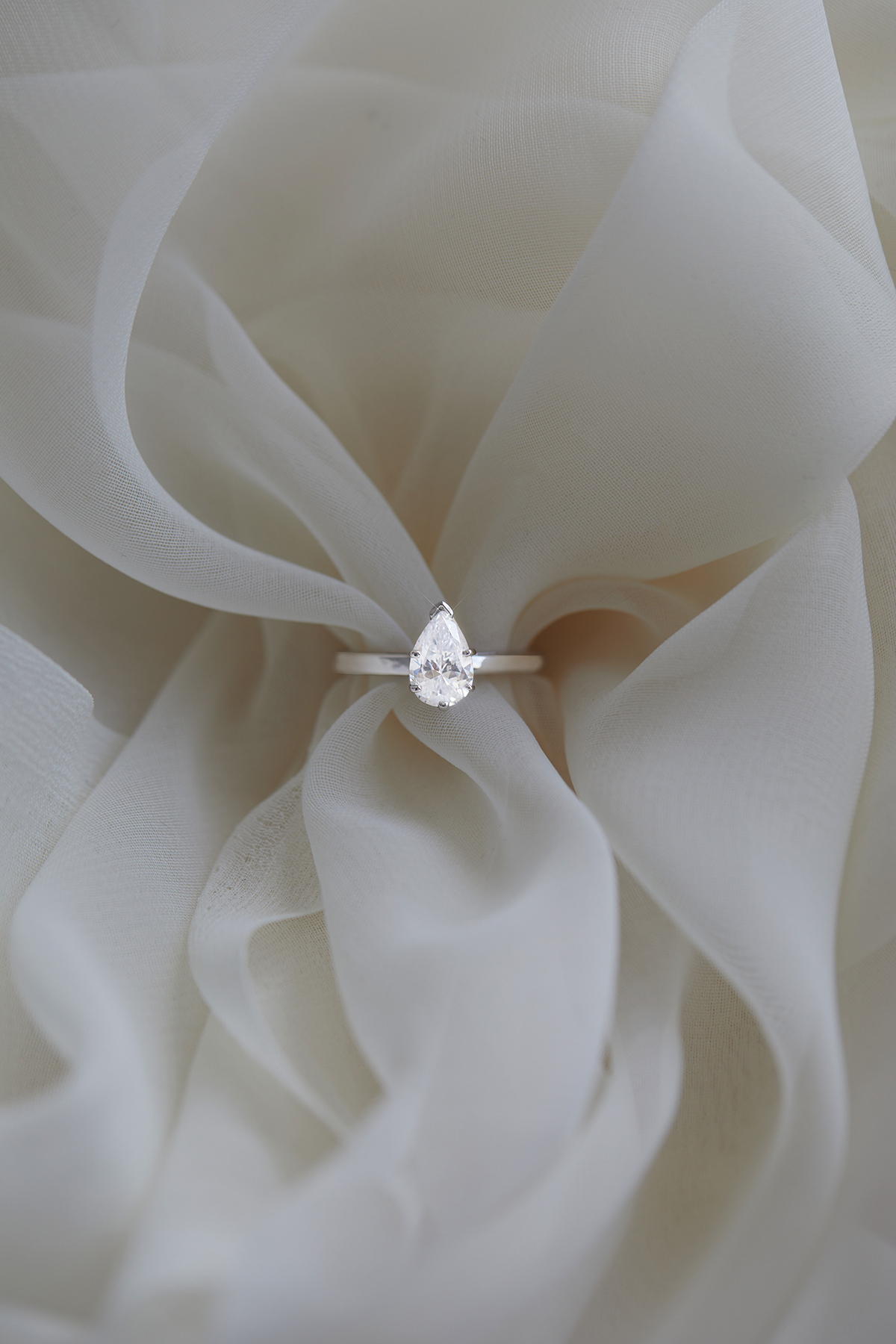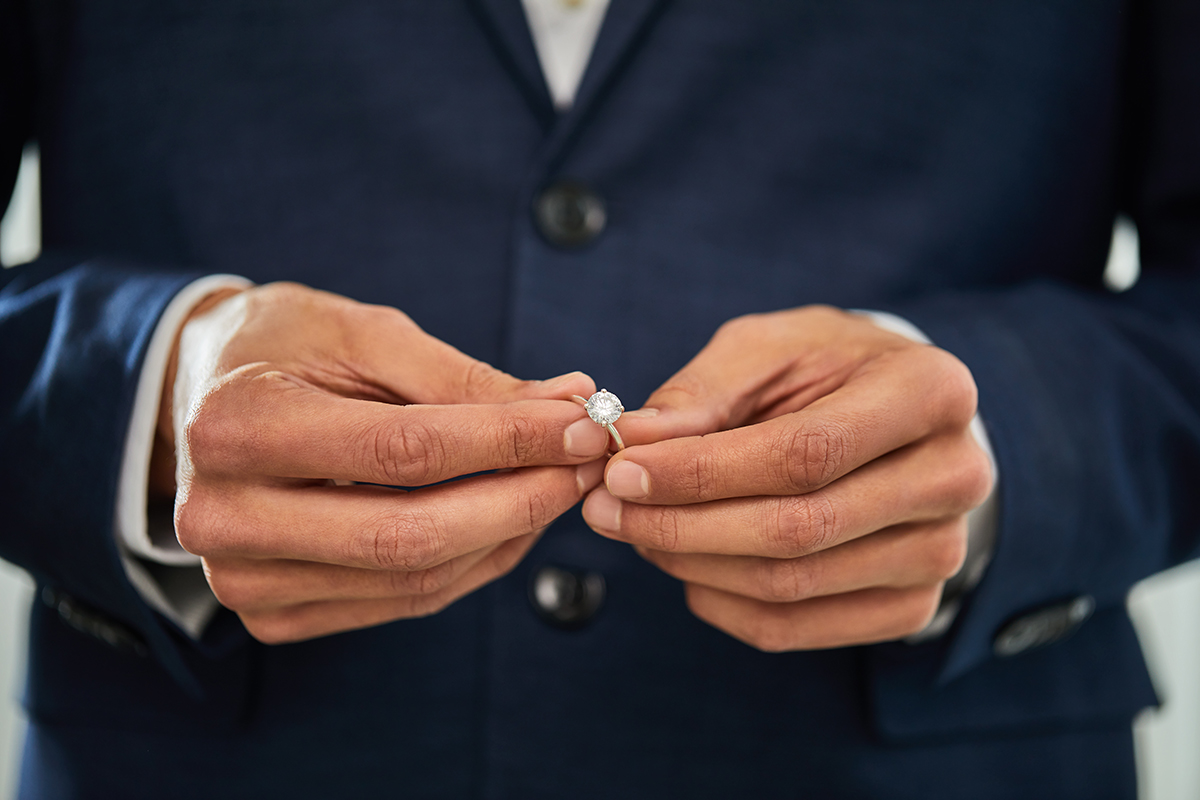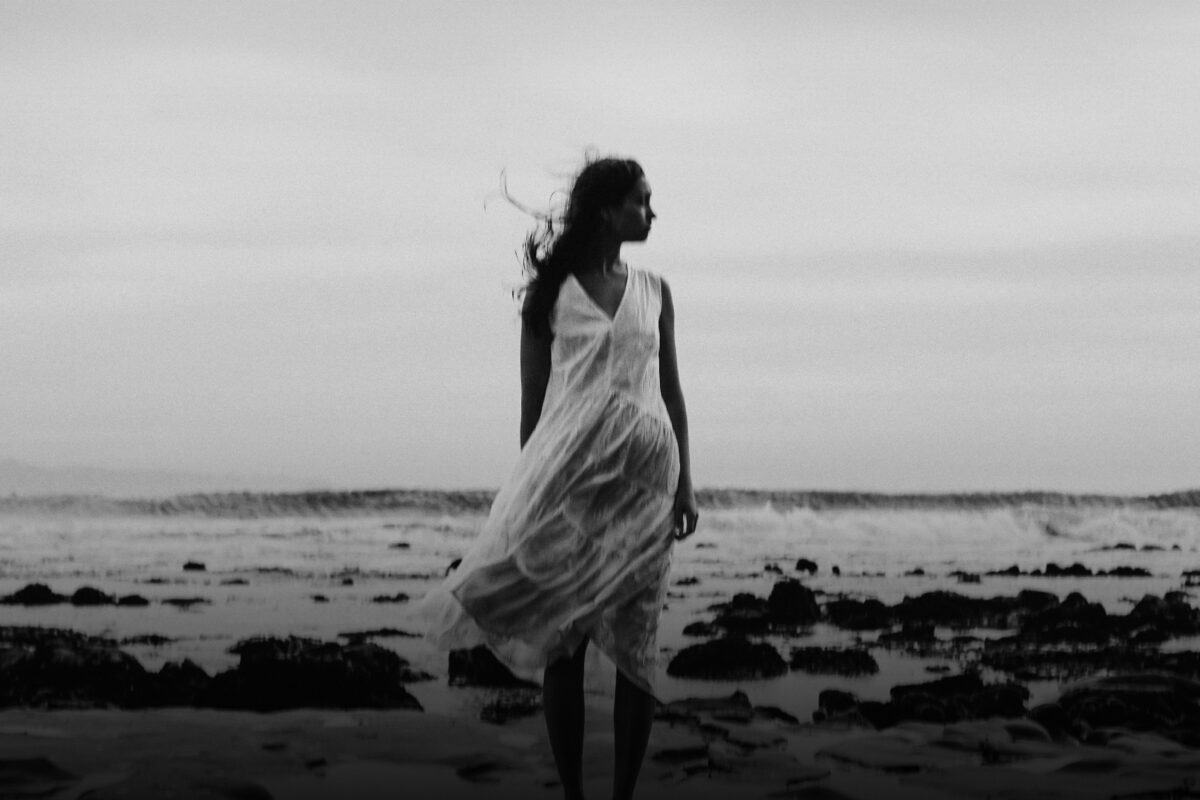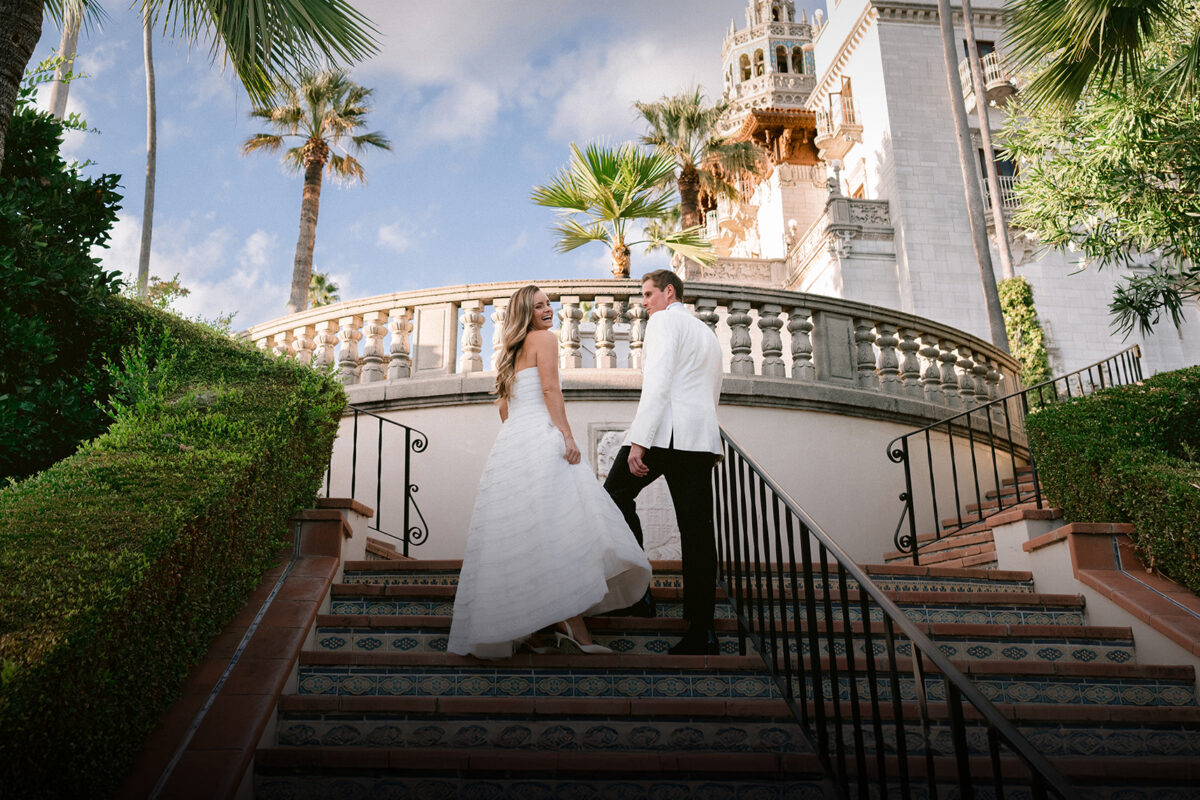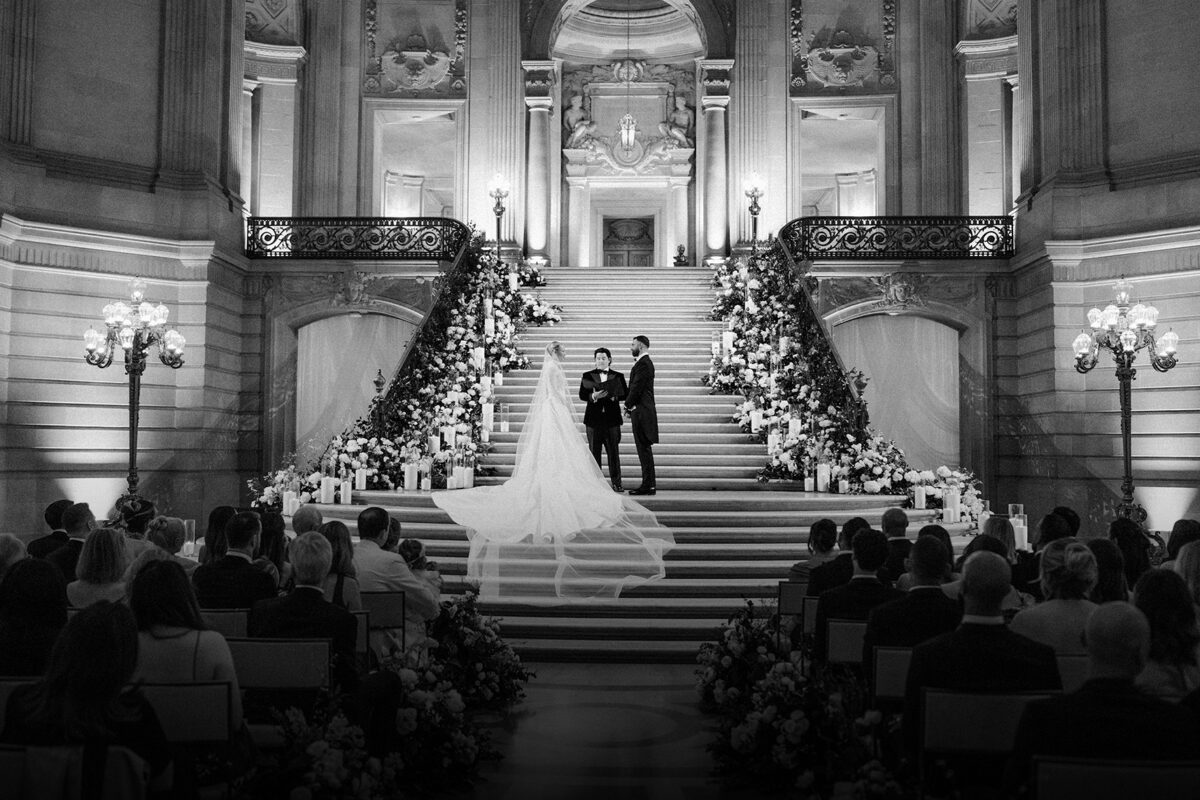What to look for in ethically sourced lab-grown diamonds this wedding season
In Partnership with CLEAN ORIGIN
Words by THE C MAGAZINE EDITORS
This season of long-delayed nuptials promises to be both lengthy and lavish, and also more mindful than in years past. Partners are increasingly prioritizing sustainability and seeking out engagement and celebratory stones with a reduced carbon footprint. Red carpet regulars including Lady Gaga, Emma Watson, Rihanna, Penélope Cruz and Zoë Kravitz have all incorporated lab-grown diamonds into their recent looks now that manufacturing techniques make it possible to source fancy cuts and sizable stones that have all the properties of diamonds — because they are diamonds. “Since lab-grown diamonds are the same physically, atomically and optically as mined diamonds, the same inclusions occur,” says Kristin Crawford, vice president of merchandising and product development for Clean Origin. She explains that the 4Cs approach to diamond vetting works for both, and lab stones should be evaluated “with the same attention to detail as a natural diamond.” Here, Crawford discusses how to assess sparklers and what’s catching her eye this spring.
C Magazine: What’s crucial to keep in mind when buying an ethically sourced engagement ring?
Kristin Crawford: First, do your research. Shop around and understand your options. Next, set a budget. Make sure you know what you are comfortable spending. Third, understand the 4Cs (cut, color, clarity and carat size) and make notes as you shop. Fourth, keep doing your research. Feeling confident with the jeweler or company you shop with is one of the most important parts of this process. Lastly, pay attention to your partner’s style. What they wear in their day-to-day as well as for a special occasion can lead you in the right direction.
C: This season, what are brides selecting?
KC: Bold gold looks are trending in bridal rings, whether it be a beautiful fancy-shaped lab-grown center diamond framed by a yellow gold bezel or a wider matte-finish gold band with several lab grown diamonds burnished throughout.
C: Tell us about the larger stones; lab diamonds used to be on the smaller side. What has changed in terms of the technology? Why is it now possible to source larger stones?
KC: Larger-carat lab-grown diamonds have made their way into the mainstream market mostly thanks to the introduction of Chemical Vapor Deposition or CVD technology (using carbon-rich gases that are ionized). This method of growing diamonds is newer than High Pressure High Temperature (HPHT) and is specifically good at producing one- to three-carat diamonds.
C: What’s the first thing that strikes you when you look at a ring?
KC: Besides typically being mesmerized by a beautifully cut lab-grown diamond, I often think about how many hands touched that ring in some way or another to bring it into existence, and then think of having someone fall in love with that style and bring it life and meaning for years to come.
May 3, 2022
Discover more WEDDINGS news and visit our RESOURCE GUIDE.

